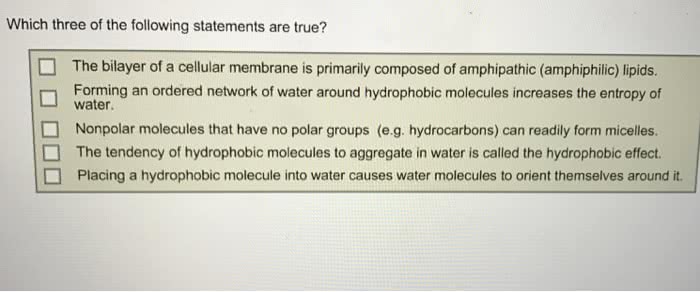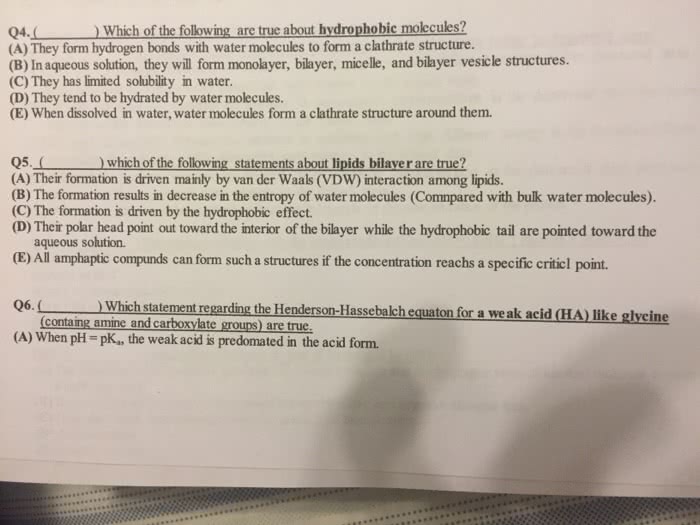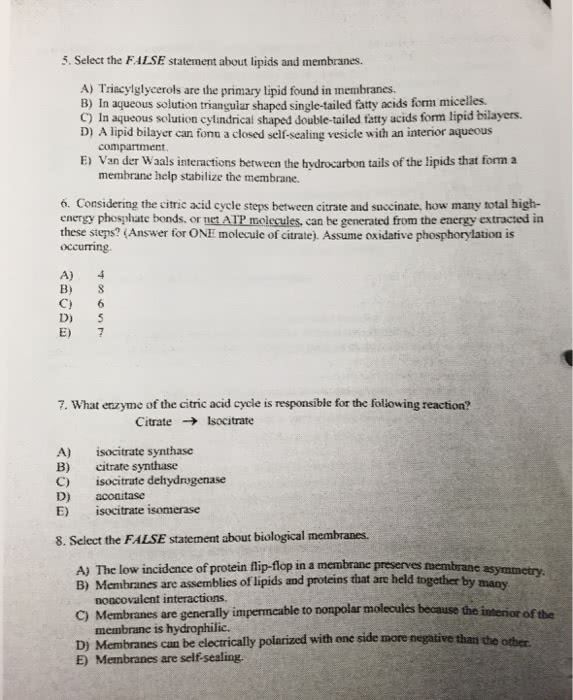MBB 321 Lecture Notes - Lecture 15: Mitochondrion, Gallbladder, Low-Density Lipoprotein
Document Summary
Lipids: biological molecules that are soluble in organic solvents, but are slightly or insoluble in water. Since lipids exist as small molecules with a strong tendency to associate through non-covalent forces they are not. In an aqueous environment, lipids cluster in a non-covalent fashion because of two primary reasons: entropy driven hydrophobic effect, van der waals interactions between hydrocarbon regions. Amphipathic: a molecule that contains both a hydrophilic polar end and hydrophobic non-polar end. In an aqueous environment, the polar hydrophilic groups tend to associate with water, while the non-polar. Hydrophobic groups tend to aggregate and form hydrophobic clusters (away from water). The following are lipid aggregates which can form when amphipathic lipids are in an aqueous environment: micelle, liposome, bilayer sheet. The kind of structure formed in an aqueous solution depends on the specific molecular structure of the hydrophilic and hydrophobic groups of the lipid molecule.




